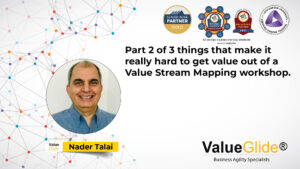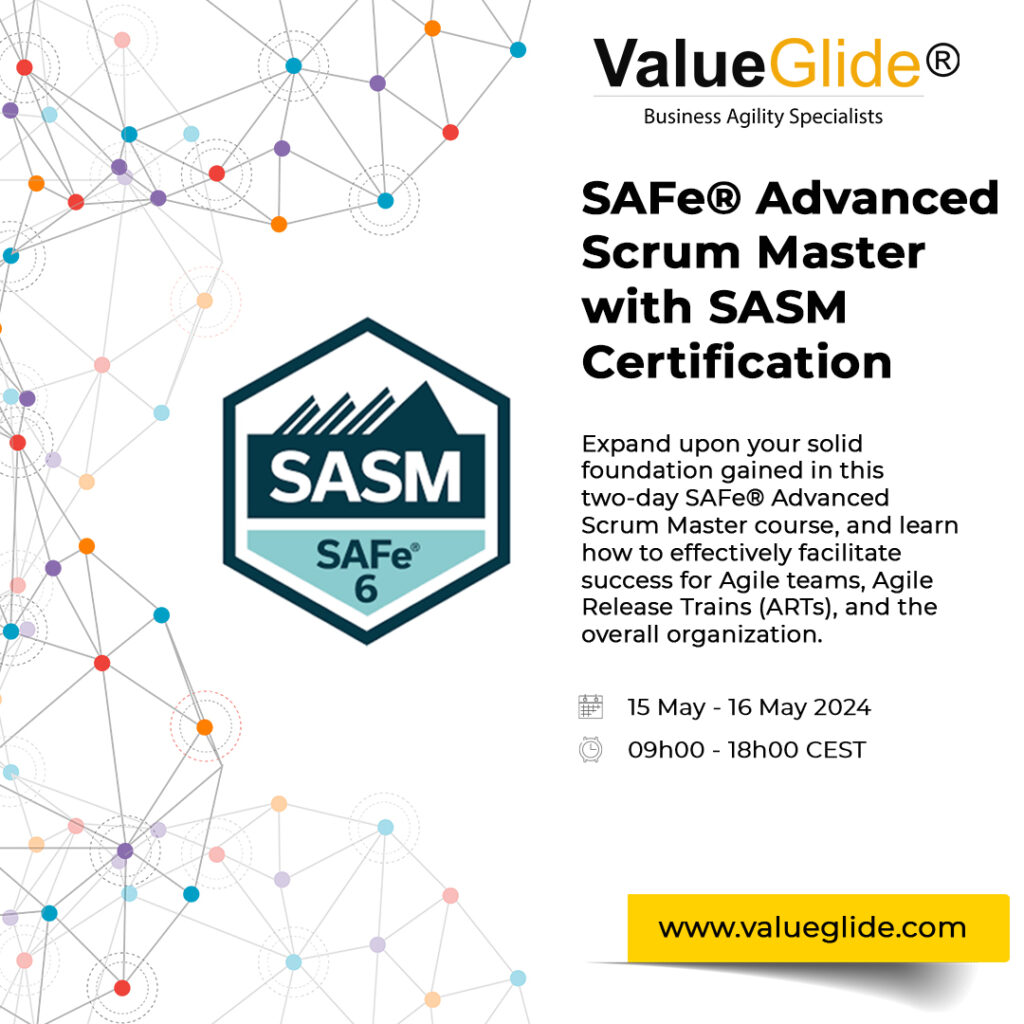If people optimize value or maximize value, it would be nice to understand what value is.
The dictionary definition is open to interpretation. I’d like us to be a little clearer for agility.
Let’s talk about what value is not:
- inputs such as budget, people allocation/assignment
- things to do that contribute to the creation of value also known as “activities”, e.g., sub-tasks to valuable work items, technical stuff that does not directly delivers value
- Outputs aka “stuff”, e.g., a “done” work item that is un-released in a Kanban context or a “done” increment that is un-released in a Scrum context
Value is context sensitive. Almost universally, value is difficult to measure. Value can be a mixture from one/some/all of the following perspectives:
- market/customer/consumer/end-user
- organization/stakeholder/employee/reputation
- authentic progress towards the United Nations sustainable development goals
- learning in relation to the above through feedback/analytics/research/experiments
- reducing risk to the above, e.g., failure demand, technical mess, “sticks of dynamite down the backlog”
When forecasting potential value, value is not crystal clear; it’s about the relative value of one item over another.
Use of formulae for potential value is only useful to initially sort a list so we can then put items in “the right value sequence”, usually a value sequence “that feels right”. Sorting a backlog alphabetically can be useful to trigger thinking about what the wrong value sequence is; it’s a start.
Once we’re happy the items are in the right potential value sequence, other factors then interfere with that sequence, that is, reality; for example, dependencies and so on and so forth.
In Scrum, the Product Backlog is ordered. In Kanban Guide, a backlog is optional, and even if you have one, it is not necessarily ordered; my personal preference is to order as long as we don’t make a “cottage industry” out of it.
Value for an item is not realized until the item is used. Customer outcomes usually result in a change in human behavior. Either way, people understand a little more what they want when they see what they don’t want. It’s worse than that; Clayton Christensen’s “milk shake video” illustrates that point very well.
Check out, the optional addendum to Kanban Guide page 16 for an example of value.
In your context, what is value? Please tell your context as part of your answer, thank you.











